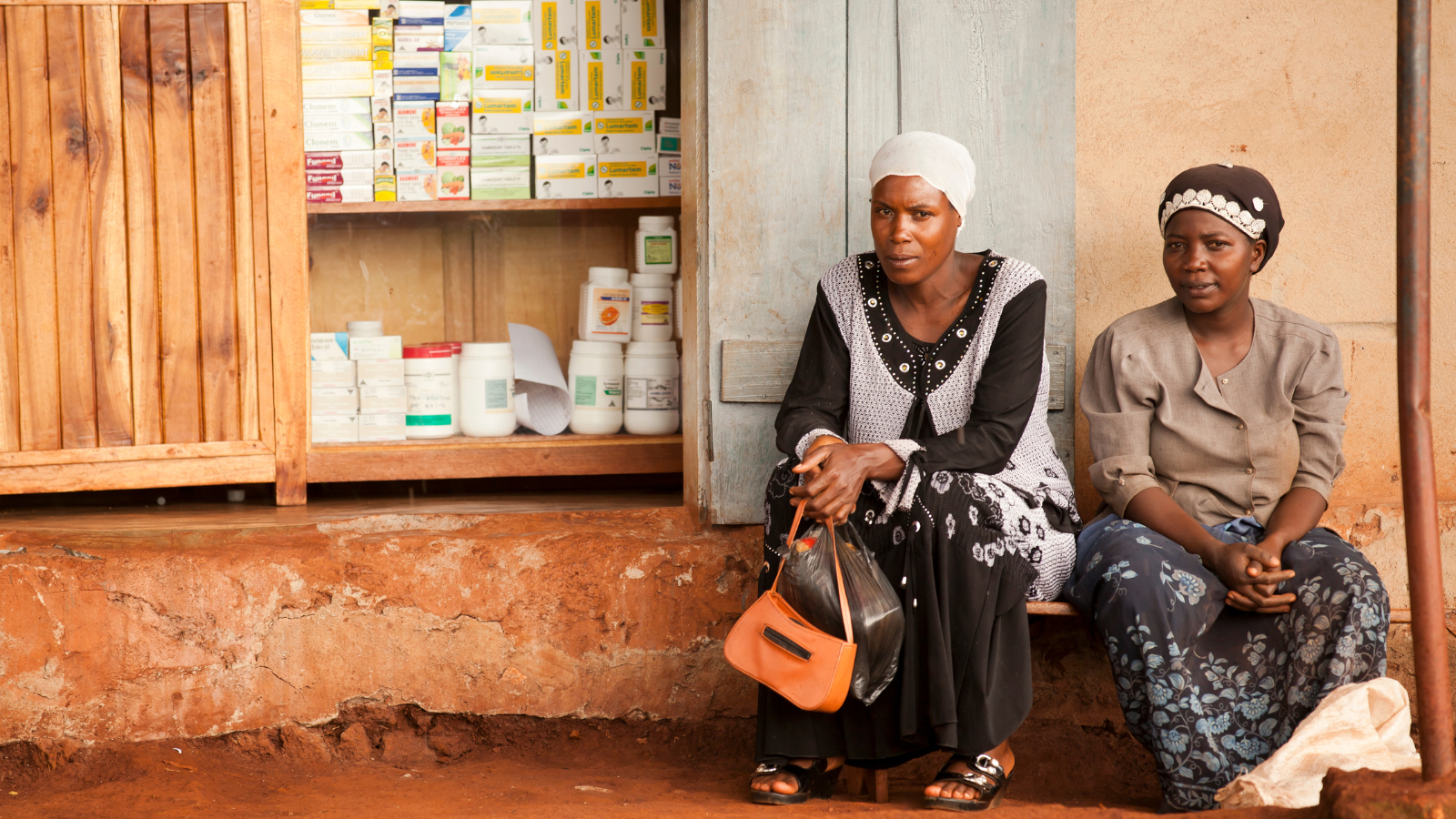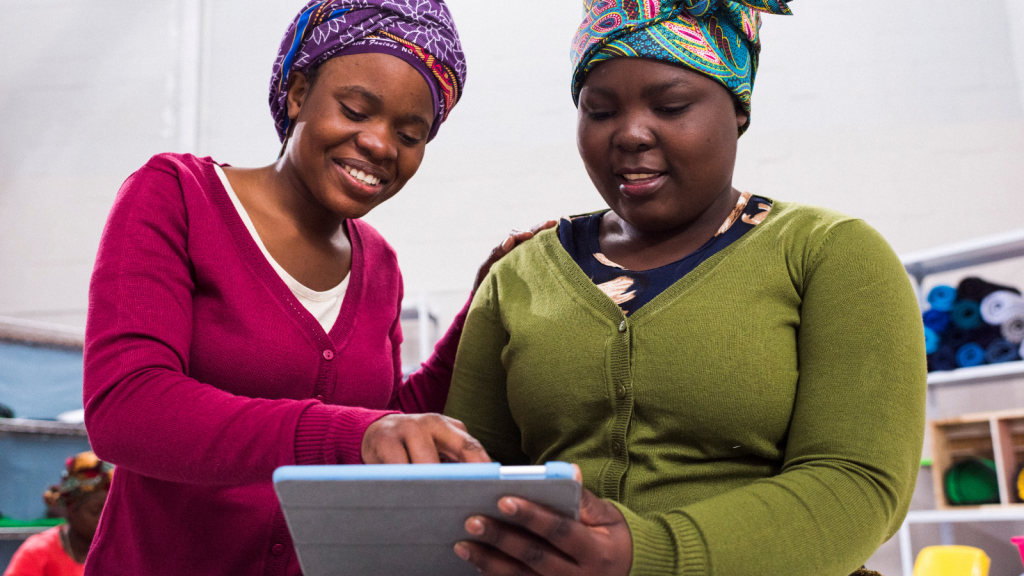Over the past three years, the pandemic has fast-tracked the digital age in Africa and the world, bringing a greater-than-expected number of people online. While recent figures show a generally positive trend overall, stalled progress in hardest-to-reach communities remains—especially in the least-developed countries (LDCs) where only one in three have internet access.
Of the 46 countries designated by the United Nations as LDCs, 33 are in Africa. And according to an ITU report, only 40% of Africans are using the internet in 2022, compared to 60% of the global population.
But inequalities don’t stop there. Even though women account for roughly half of the population and despite the progress made in recent years, they account for a disproportionate—and increasing—share of the global offline population, with South Asia and Sub-Saharan Africa having the world’s widest gender gap.

The digital gender gap remains a significant obstacle to achieving sustainable development and inclusive growth. In Africa, it is estimated there are three men for every two women online.
Device gaps also remain a crucial barrier for women. It prevents women from accessing information, education, healthcare, and economic opportunities that could help them overcome poverty, inequality, and discrimination.
While smartphone affordability has improved steadily over many years, it remains prohibitively expensive in some countries and keeps billions of people offline. In Africa, the cost of the cheapest available smartphone is equivalent to 39% of the average monthly income.
In a world where digital skills are becoming increasingly valuable, the exclusion of half of the world’s population from the digital economy is costly, both in terms of opportunity and economic potential
Digital inclusion and meaningful connectivity are critical for economic development, the delivery of public services, and the advancement of human rights. Meaningful connectivity marks the transition from passively consuming information to actively participating in the digital world.
Internet users with access to meaningful connectivity are around a third more likely than users with basic access to do essential activities online like access healthcare, take a class, look for a job, or participate in the digital economy.

As we move towards an ever-increasingly digital future, the need for women’s participation is greater than ever. In a world where digital skills are becoming increasingly valuable, the exclusion of half of the world’s population from the digital economy is costly, both in terms of opportunity and economic potential.
In 2019, a GSMA report estimated that closing the gender gap in mobile ownership and use could deliver US$140 billion in additional revenue to the mobile industry over five years. And research conducted by our team shows that countries missed out on US$ 1 trillion in GDP due to women’s exclusion from the digital world.
In West Africa, countries lost a collective US$18.4 billion in GDP in 2020 alone. Closing the gap would deliver an estimated US$524 billion increase in economic activity by 2025.
If we are to achieve gender equality and a truly inclusive society, we should not leave behind the one group that can make it happen: women
Another critical component of closing the gender gap in tech is improving access to digital infrastructure and skills. It includes expanding access to affordable and reliable internet services and implementing targeted digital literacy programs sensitive to the unique needs and challenges women face. For example, women in rural or low-income areas may require different kinds of support than those in more urban or affluent communities.
Security and safety remain urgent problems for women participating in the online economy. Across continents, economic classes, and skill levels, women experience harassment and other forms of online gender-based violence. As a result, many women self-censor or are driven offline entirely, out of fear for their safety.

To address this, we must REACT for digital equality focusing on a rights-based approach, education, access, content, and adopt clear targets for achieving these goals.
Governments must therefore work to safeguard and promote everyone’s online rights, use education to give everyone the knowledge and skills they need to access and use the internet effectively, provide affordable internet access, ensure that relevant and empowering content for women is available, and set and measure tangible gender-equity targets.
Finally, we must also ensure that women are involved in shaping ICT-related policies and programs. This means engaging women in decision-making processes related to the design and implementation of technology and ensuring that their voices are heard, and their needs are taken into account.
If we are to achieve gender equality and a truly inclusive society, we should not leave behind the one group that can make it happen: women.
About GDIP
The Global Digital Inclusion Partnership is a coalition of public, private, and civil society organizations working to bring internet connectivity to the global majority and ensure everyone is meaningfully connected by 2030. GDIP advances digital opportunities to empower and support people’s lives and agency, leading to inclusive digital societies.